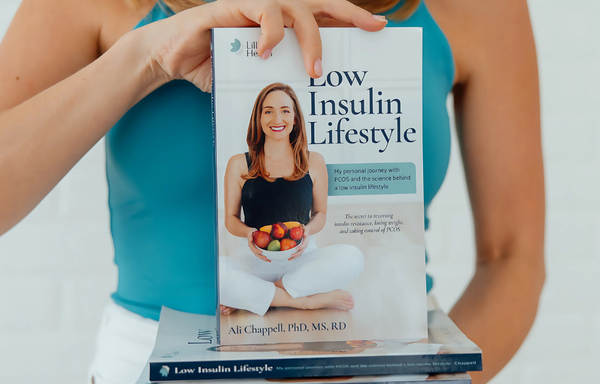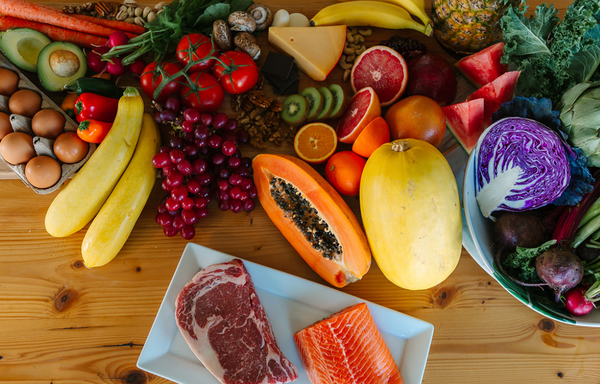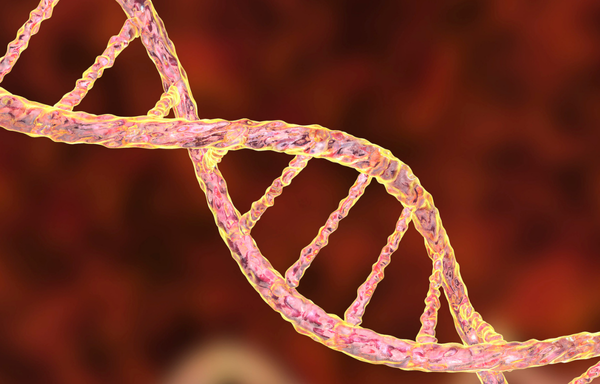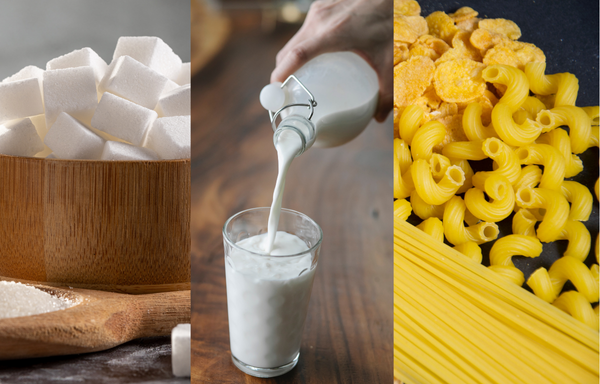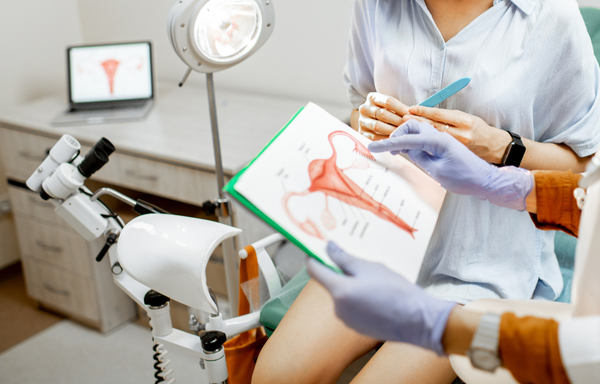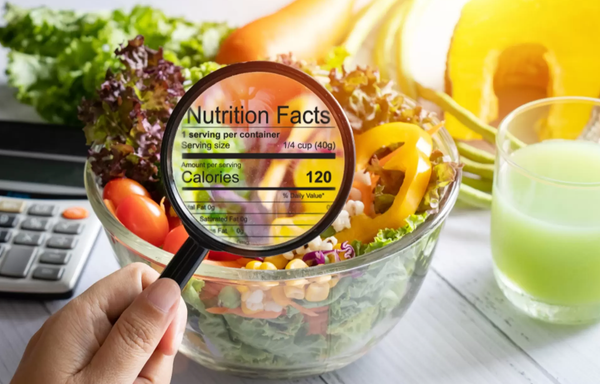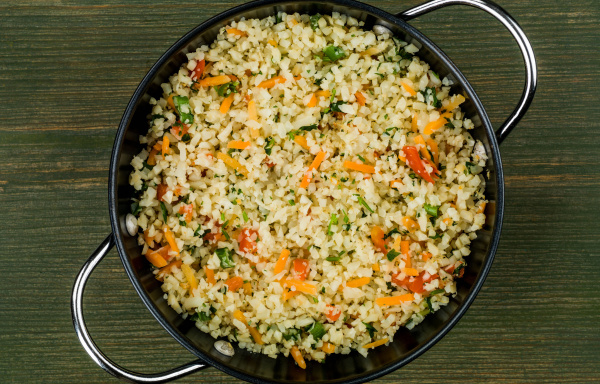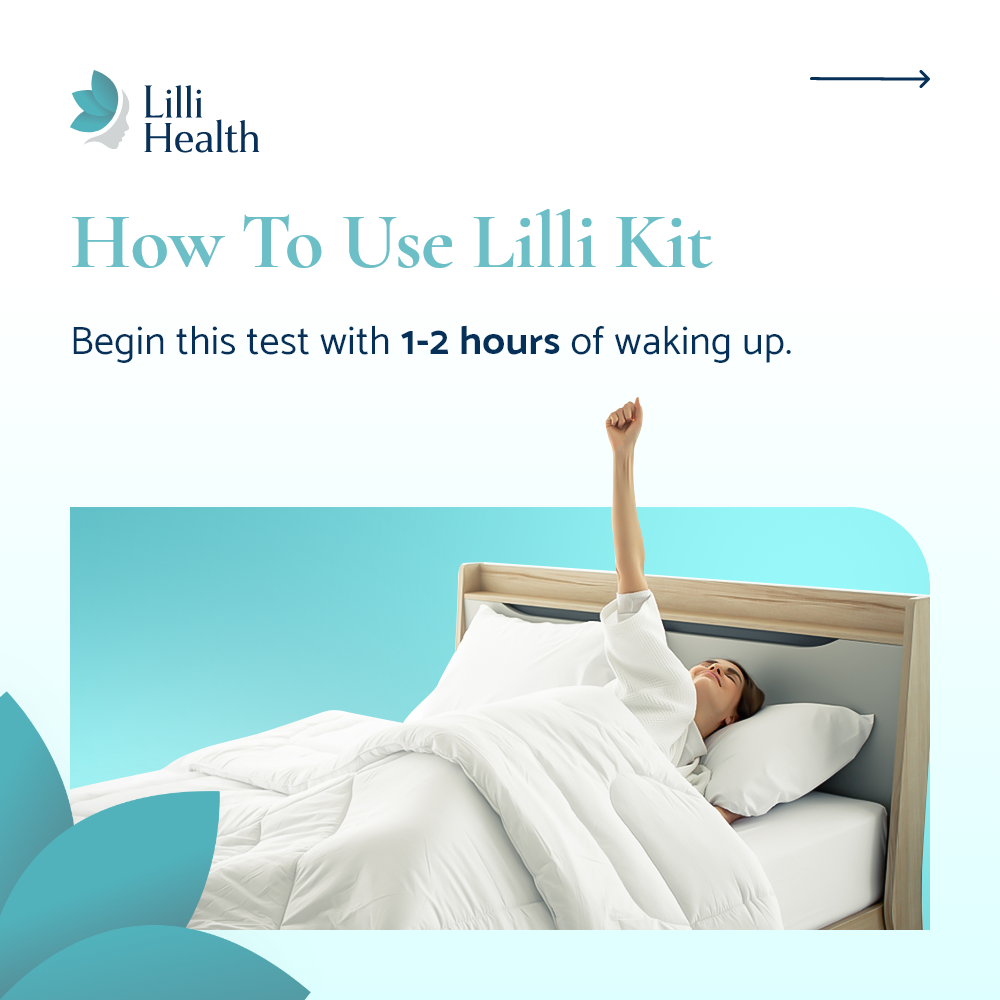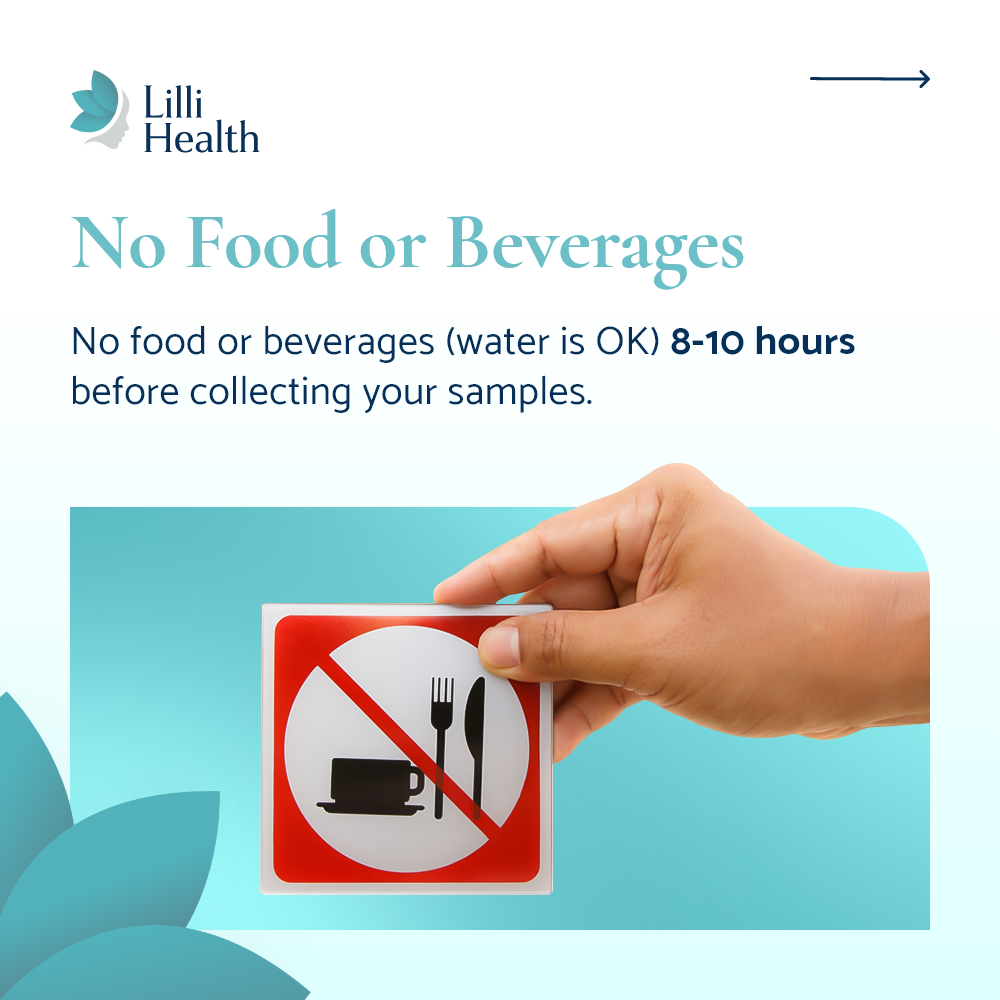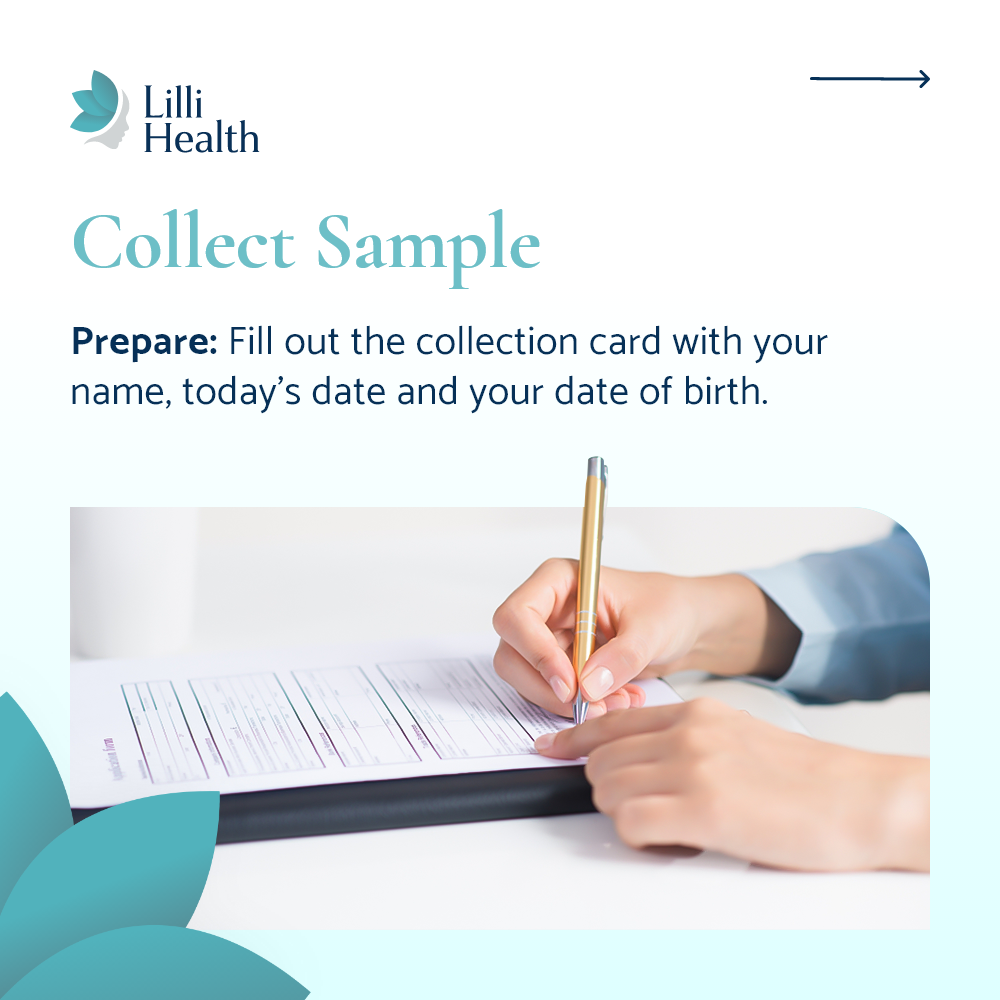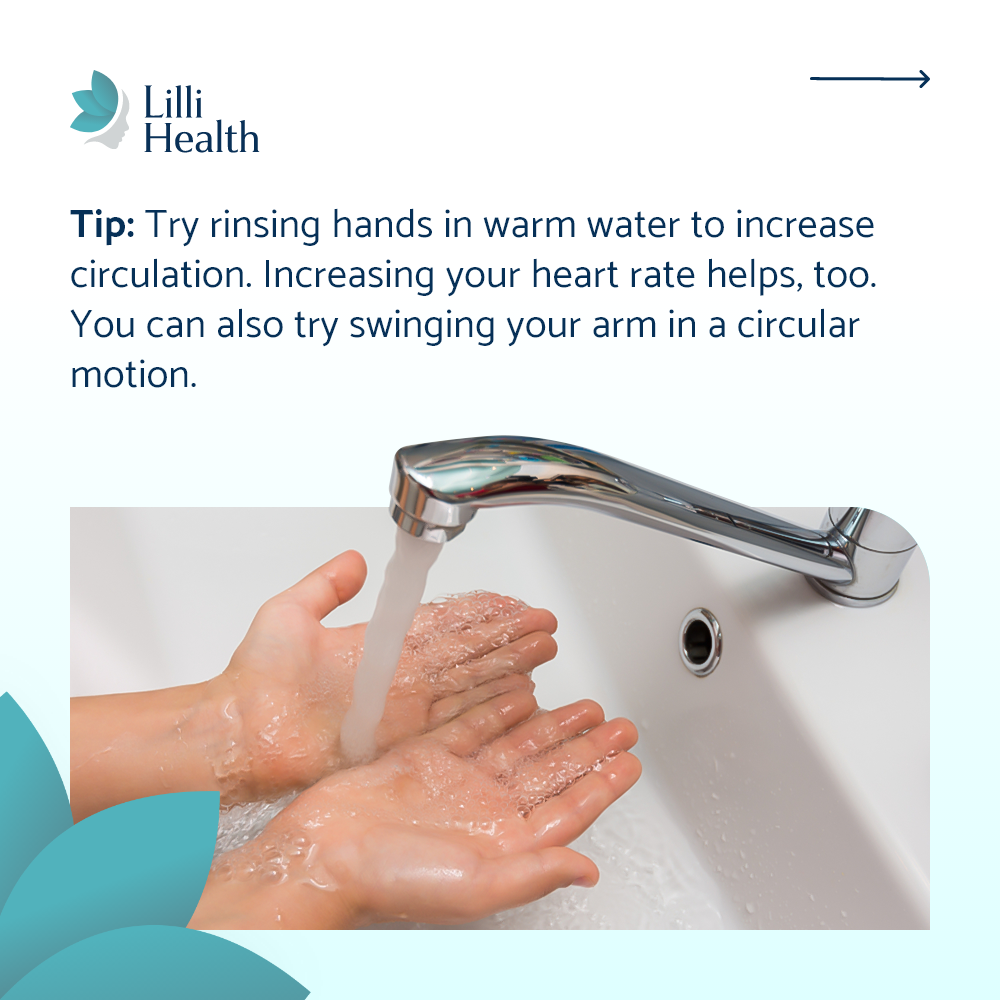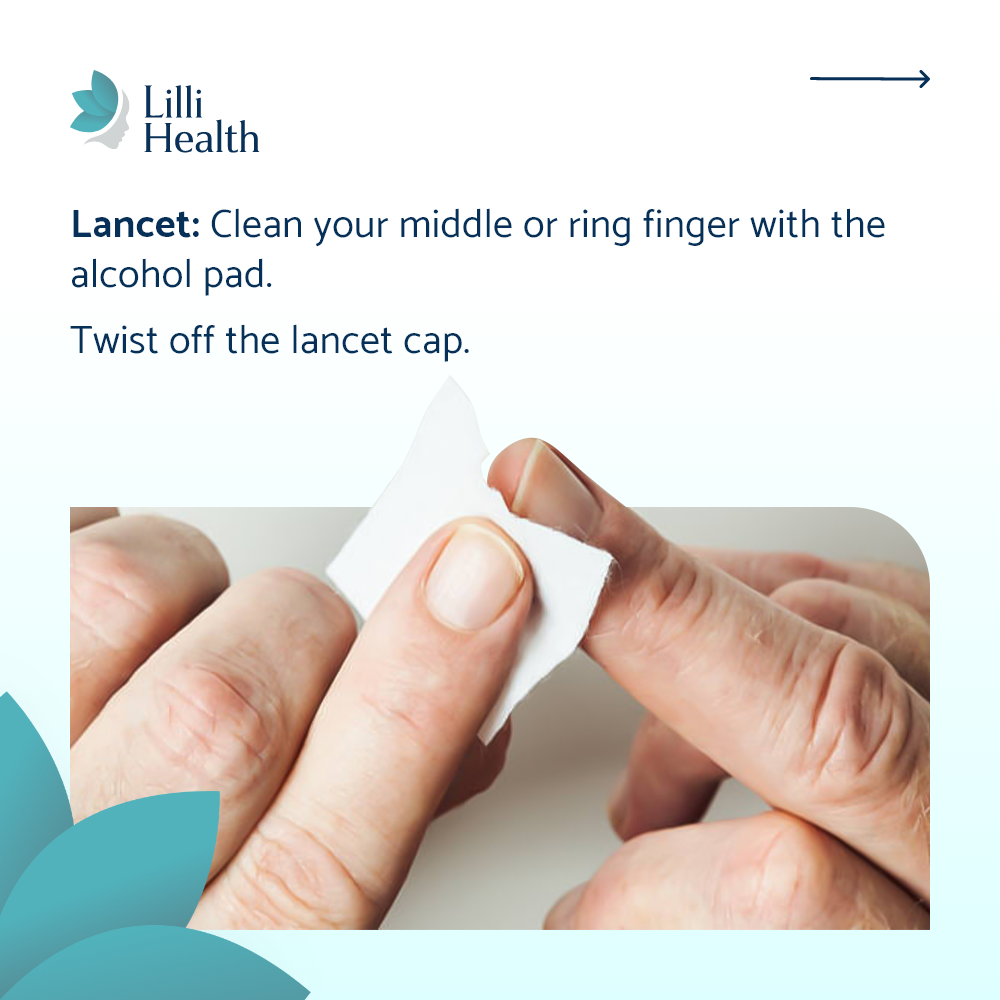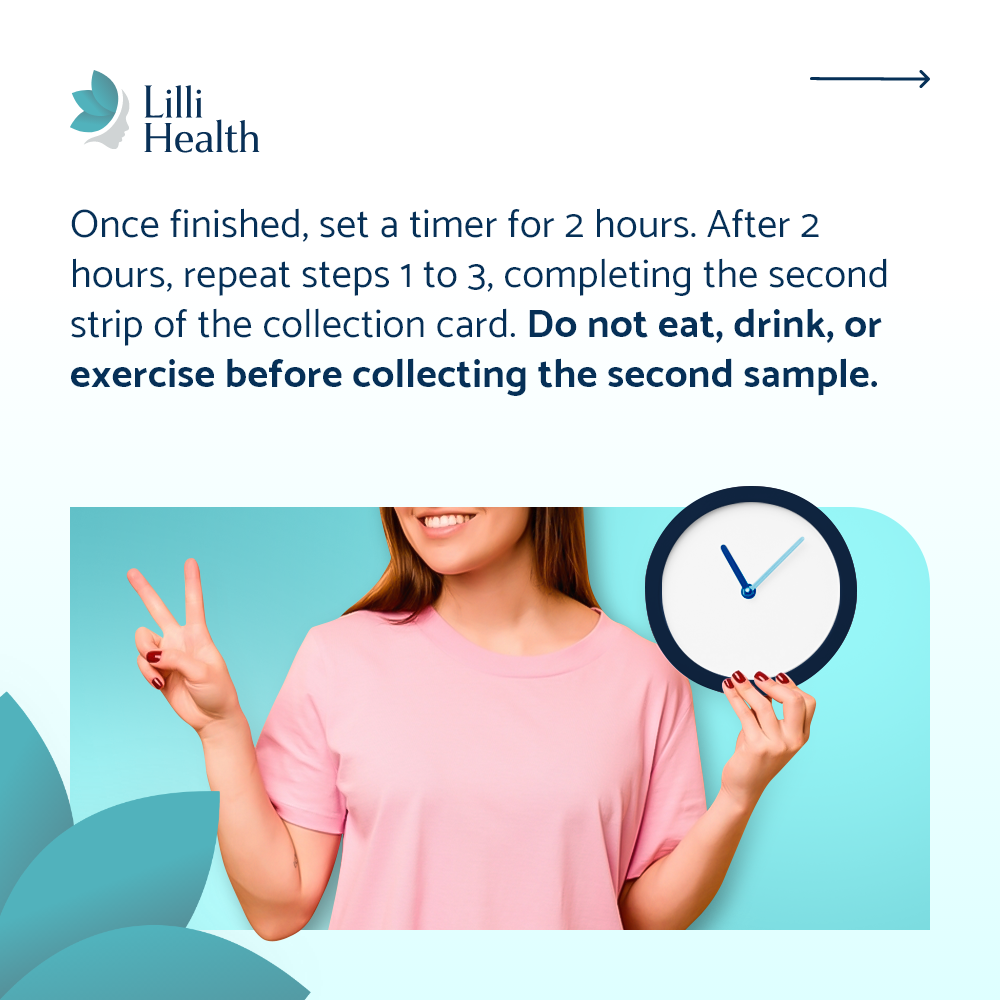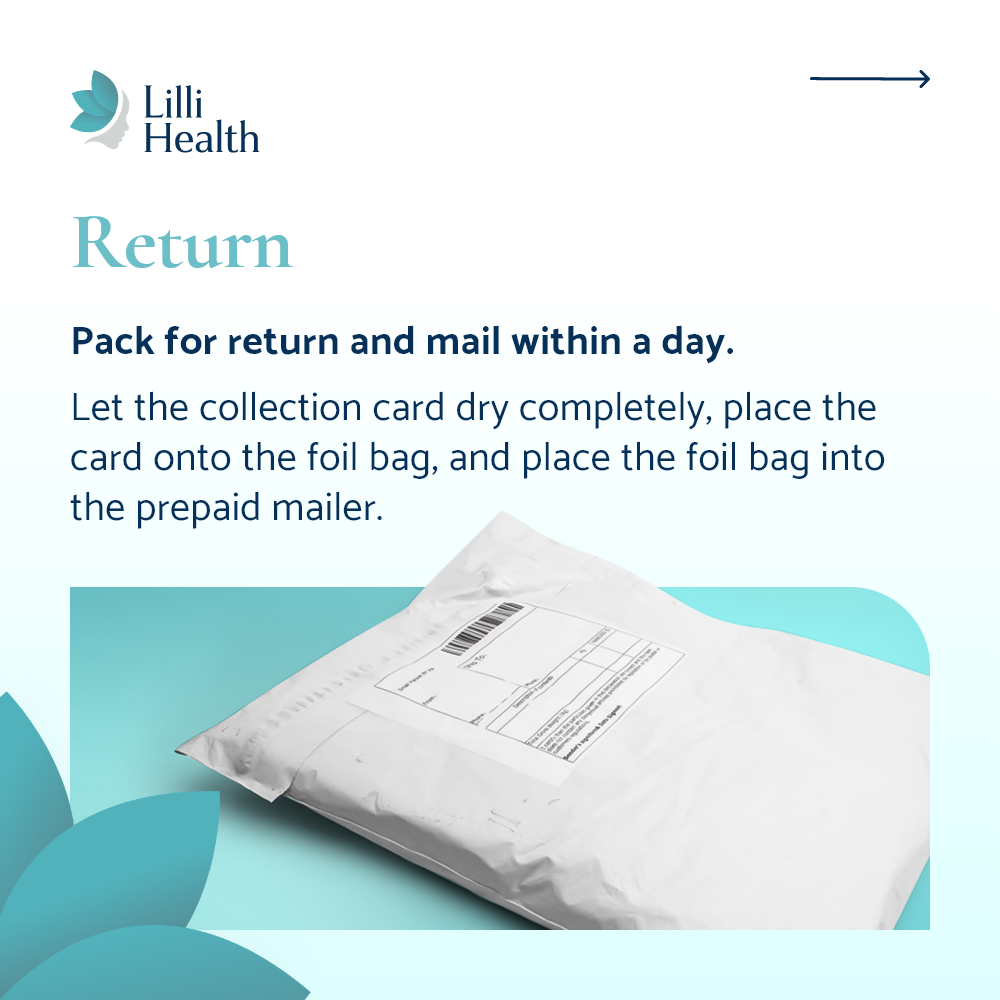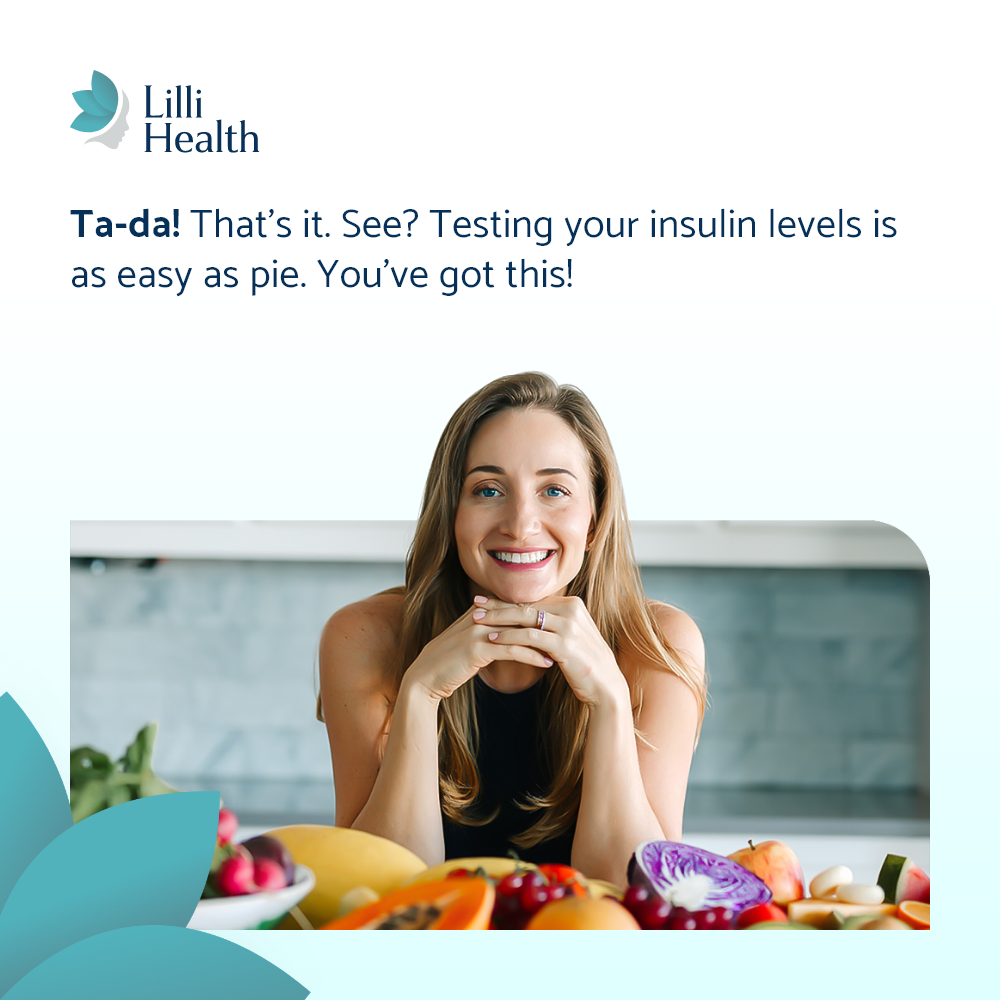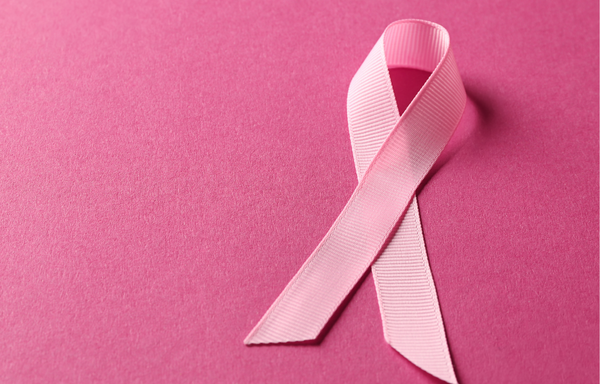

The Link Between Insulin and Breast Cancer: What You Need to Know
When people think of insulin, they usually associate it with blood sugar and diabetes. But what many don’t realize is that insulin also plays a powerful role in cancer growth—especially breast cancer.
If you’ve been told to just focus on your weight or blood sugar, you’re missing a critical piece of the puzzle. Insulin resistance is a major, yet often overlooked, risk factor for breast cancer. Understanding this connection can empower you to take control of your health.
How Insulin Fuels Breast Cancer Growth
Insulin is a growth-promoting hormone. While we need some insulin for normal body function, too much insulin can create an environment that encourages cancer cells to grow and spread.
Here’s how:
1. High Insulin Stimulates Cancer Cell Growth
Cancer cells thrive on growth signals, and insulin is one of the strongest growth signals in the body.
- When insulin levels are high, it sends signals to cells to grow and multiply.
- Breast cancer cells have insulin receptors, meaning they are directly stimulated by insulin to grow faster.
- Women with insulin resistance tend to have higher levels of insulin for longer periods of time, exposing their cells to constant growth stimulation.
Essentially, high insulin acts like fertilizer for cancer cells.
2. Insulin Increases Estrogen Levels, Which Can Feed Certain Breast Cancers
Many breast cancers are estrogen-sensitive, meaning estrogen fuels their growth. Insulin plays a major role in increasing estrogen levels.
- High insulin reduces a protein called SHBG (sex hormone-binding globulin), which normally helps keep estrogen in check.
- With lower SHBG, more estrogen is available to stimulate breast tissue.
- This excess estrogen can increase the risk of developing hormone-driven breast cancer.
But that’s not the only way insulin increases estrogen. More body fat also leads to higher estrogen levels.
- Fat cells convert androgens (male hormones) into estrogen, adding even more estrogen into circulation.
- Women with insulin resistance often store more fat, creating a cycle where fat tissue continues to produce extra estrogen, feeding hormone-driven breast cancer.
- Postmenopausal women with higher body fat have a significantly increased risk of breast cancer due to this excess estrogen production.
This means that high insulin and excess fat work together to raise estrogen levels, increasing the risk of hormone-driven breast cancer.
3. Breast Density: A Key Risk Factor Linked to Insulin
Breast density is one of the strongest predictors of breast cancer risk. Women with dense breast tissue have a higher likelihood of developing breast cancer, and insulin resistance is linked to increased breast density.
- High insulin stimulates breast tissue growth, leading to denser breasts.
- Increased estrogen from high insulin and body fat also promotes breast density.
- Women with high breast density are not only at greater risk for breast cancer, but dense breast tissue also makes tumors harder to detect on mammograms.
If you have dense breasts, managing insulin is critical because it could help lower your breast density and reduce your cancer risk.
4. Insulin Resistance and Inflammation: A Dangerous Combination
Chronic inflammation is a key driver of cancer development, and insulin resistance is directly linked to increased inflammation in the body.
- When insulin is high, it triggers the release of inflammatory molecules, which can create a pro-cancer environment.
- Inflammation damages healthy cells and DNA, increasing the likelihood of cancerous changes.
- Obesity, which is often caused by high insulin, further increases inflammation, compounding the risk.
This means that even if your blood sugar looks “normal,” high insulin and inflammation could still be driving cancer risk behind the scenes.
5. High Insulin Can Make Breast Cancer More Aggressive
Not only does insulin increase the risk of developing breast cancer, but it also makes existing breast cancer more aggressive.
- Studies show that women with insulin resistance have worse breast cancer outcomes, including higher recurrence rates and lower survival rates.
- Insulin stimulates IGF-1 (insulin-like growth factor-1), another powerful growth hormone that has been linked to more aggressive breast cancers.
- High insulin can make cancer cells more resistant to treatment, meaning chemotherapy and hormone therapies may not work as well.
This is why managing insulin levels is not just about prevention—it could also play a role in improving breast cancer treatment outcomes.
How a Low Insulin Lifestyle Supports Breast Health
The good news? You have the power to lower your insulin levels and create an environment that does not encourage cancer growth.
By adopting a Low Insulin Lifestyle, you can:
- Reduce excess insulin that fuels cancer cell growth.
- Lower estrogen levels by increasing SHBG, reducing hormone-driven cancer risk.
- Reduce inflammation, which helps protect healthy cells.
- Improve overall metabolic health, which may support better outcomes for those diagnosed with breast cancer.
This is not just about weight loss—it’s about creating a body environment that does not encourage cancer to grow.
Why Blood Sugar and A1C Aren’t Enough
Many doctors focus on blood sugar (glucose) and A1C when assessing metabolic health, but this is not enough to understand your cancer risk.
- You can have normal blood sugar and still have dangerously high insulin levels.
- Many women with insulin resistance are missed because doctors are not testing insulin.
- By the time glucose is high, insulin has often been elevated for years, silently increasing risk.
If you are concerned about your breast cancer risk, ask your doctor to test your fasting insulin. This number gives a much clearer picture of your metabolic health.
The Bottom Line: Don’t Overlook Insulin in Breast Cancer Prevention
Breast cancer is complex, but one of the most overlooked risk factors is insulin resistance. If you are at risk for breast cancer or have a family history, managing insulin should be part of your prevention plan. If you have been diagnosed with breast cancer, lowering insulin could help support better treatment outcomes.
Your doctor may not be talking about this, but that doesn’t mean it’s not important. Insulin is a missing piece in the breast cancer conversation, and it’s time to change that.
References
- Sun W, et al. Association of insulin resistance with breast, ovarian, endometrial and cervical cancers in non-diabetic women. Am J Cancer Res. 2016. Read more
- Tsujimoto T, et al. Association between hyperinsulinemia and increased risk of cancer death in nonobese and obese people: A population-based observational study. Int J Cancer. 2017. Read more
- Knuppel A, et al. Circulating Insulin-like Growth Factor-I Concentrations and Risk of 30 Cancers: Prospective Analyses in UK Biobank. Cancer Res. 2020. Read more
- Gallagher EJ, et al. Hyperinsulinaemia in cancer. Nat Rev Cancer. 2020. Read more
